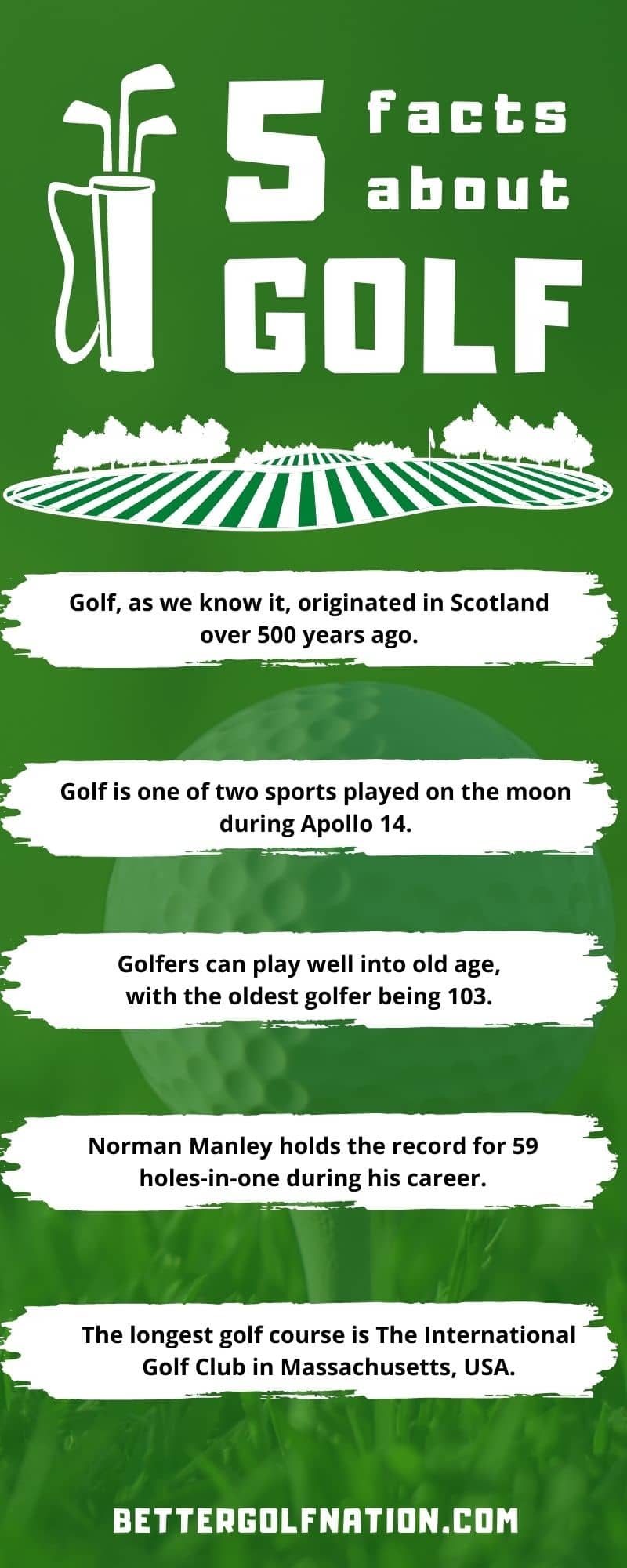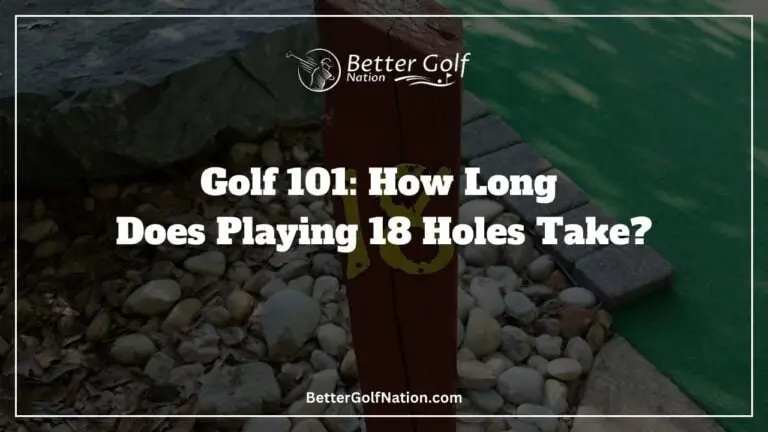Age vs. Drive: Average Driver Distance by Age
- Last updated on March 11, 2024
- Toni Benedito
- Blog, Golf Equipment & Gear
For most male recreational players, it’s around 215 yards, while females average 140 yards. Distance decreases with age, starting around 30 and dropping by about five yards every decade. Aging golfers can still maximize distance with techniques and equipment choices. Explore the age-related driver distance trends and discover tips to enhance your game, ensuring an enjoyable golfing experience at any skill level.

Key Takeaways
- The average hitting distance for all ages is approximately 215 yards, with variations depending on factors like age, gender, and swing speed.
- As golfers age, their driving distance tends to decrease, with a typical decline of around five yards every ten years starting around age 30.
- Key factors influencing driver distance include hitting the center of the club face, experience, and the type of golf balls used. Accuracy and consistency often contribute more to overall performance than pure power.
- Techniques for improving distance include using low-spin golf balls for reduced air resistance, practicing shots with curves for accuracy, and ensuring proper technique with regular practice.
- A longer and more accurate driver distance can positively impact golf handicap, providing a better chance of hitting fairways and greens in regulation, ultimately leading to lower scores. Tracking and documenting distances regularly is crucial for optimizing performance.
Introduction
Are you a golf enthusiast looking to improve your driving distance? Or are you just curious about the average driver’s distance by age? Either way, you’ve come to the right place.
In this article, we’ll take a detailed look at how various factors affect driving distance and how it changes with age. Understanding driver distance in golf is crucial if you want to improve your game.
As any professional or amateur golfer knows, hitting the ball farther down the fairway can significantly affect your score. So, what exactly is driver distance?
In simple terms, it refers to the length of your shot off the tee when using a driver’s club. To give you an idea of where most amateur golfers stand on average, according to a recent analysis, most male recreational players hit their drives at 215 yards, while female recreational players average around 140 yards per drive.
Enjoying this article? Read more:
Check out this video below from I LUV GOLF‘s YouTube channel:
However, this number changes significantly depending on various factors, such as swing speeds and age-related driver distances. This article will focus mainly on how age affects driver distance in golf.
While it’s true that no two golfers are alike and many factors influence driving distance for each player individually, our analysis shows that some trends are common among groups of players based on their respective ages. By understanding these trends and what factors contribute to them, we can offer some practical tips for improving your driving distance, regardless of skill level or golfing ability.
So sit back and relax as we delve into the world of average driver distances by age! We’ll explore everything from gear recommendations to tips for hitting more fairways so you can finish with a decent score on any course, no matter what span of years you fall under!
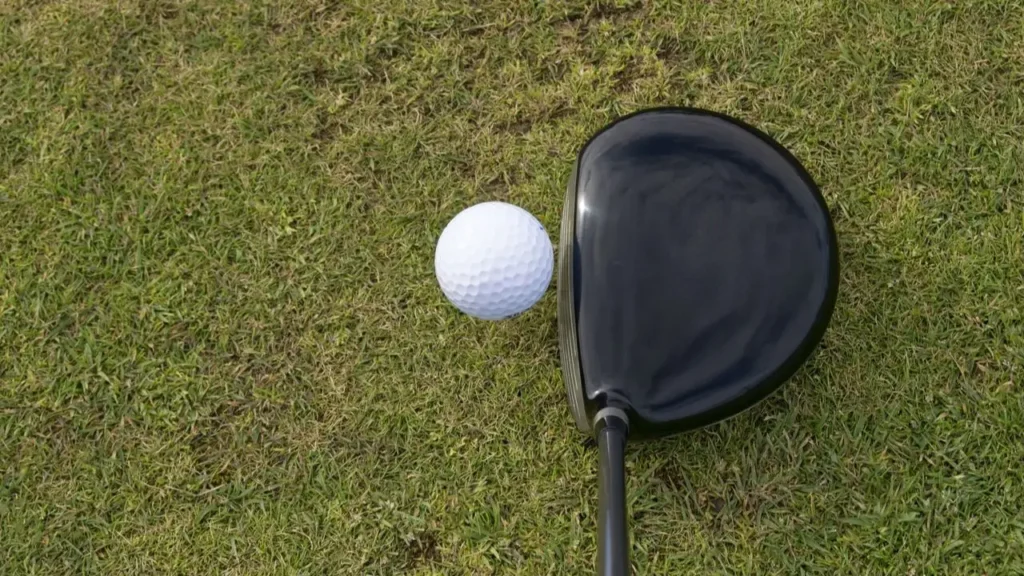
Understanding Driver Distance in Golf
Golf is a fun and challenging sport that requires skill, precision, and endurance.
One of the most critical aspects of golf is driver distance, which refers to how far you can hit the ball with your golf-driver club. Golf competitors often aim to achieve higher than average hitting distance to enhance their player ranking and improve their playing handicap.
Research has shown that aging golfer driver distance tends to decrease over time, usually starting around age 30. This decline typically continues for each age group, with the usual driving distance dropping by approximately five yards every ten years.
However, this doesn’t mean that older players can’t achieve long and straight shots with their golf-driver clubs—on the contrary! Many senior golfers have developed techniques to hit the fairway more often and maximize their driving distance.
"One of the most critical aspects of golf is driver distance, which refers to how far you can hit the ball with your golf-driver club. Golf competitors often aim to achieve higher than average hitting distance to enhance their player ranking and improve their playing handicap."
Factors influencing driver distance include body mechanics, strength, flexibility, timing, equipment choice, weather conditions, terrain incline or decline, and more. Recommended gear includes clubs with lower lofts for amateurs or players who want more forgiveness on off-center hits, higher lofts for players who want more height on their shots, or increased spin rates for shots with curves.
Shot tracking companies are increasingly popular among amateur or professional players seeking ways to measure progress and find opportunities for improvement. These companies provide golf driver distance statistics along with additional data such as clubhead speed and ball spin rate.
Understanding driver distance in golf requires an appreciation of all the elements that affect it. Body mechanics are key, but optimizing equipment choices also helps. While aging golfers’ driving distances may decline over time due to natural physical changes, many techniques can be learned that allow them to continue playing at a competitive level by hitting straighter shots while still maintaining reasonable distances off the tee box as they mature in years of experience!
Enjoying this article? Read more:
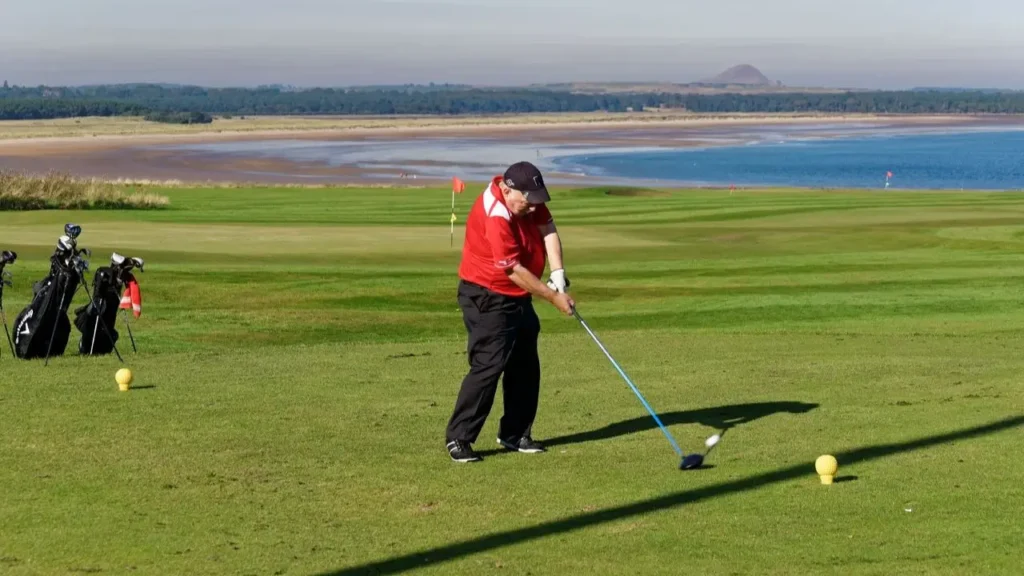
Average Driver Distance by Age: A Detailed Analysis
When it comes to golf, driver distance is a crucial factor in determining the success of the player. We all want to hit farther and make each shot count.
But how do we know what’s typical for each age group? Let’s take a closer look at the average driver’s distance by age.
According to recent data, the average hitting distance for all ages is around 215 yards. However, this number varies significantly depending on the age group.
For instance, men in their 20s have an average driving length of around 250 yards, while women around the same age have an average hitting distance of about 210 yards. People with slower swing speeds tend to hit shorter distances than those with faster ones.
As we get older, our hitting distance tends to decrease gradually over time due to physical changes in our body and a decrease in strength and flexibility. For example, those over sixty-five years old can expect an average golf driving distance of around 175 yards compared to younger players who may hit up to 300 yards on their drives.
It’s important to note that these are just averages; what matters most is whether your driving length is sufficient for your non-competitive or competitive play. However, if you’re looking to gain more distance off the tee box and finish with a decent score at every round, you might want some golf gear recommendations or tips on improving your swing speed.
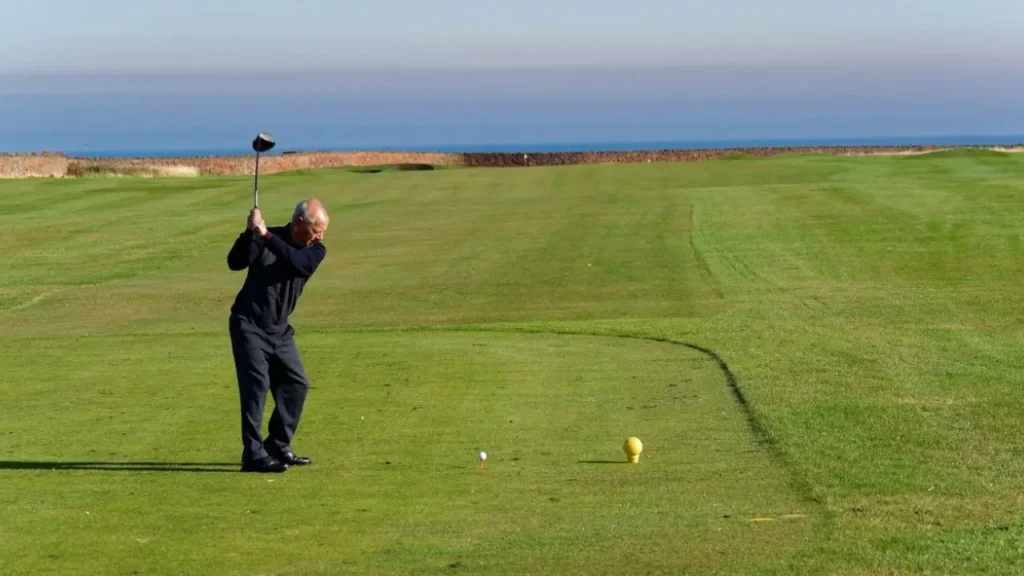
Factors Influencing Driver Distance
Many factors can influence a golfer’s driver distance, and understanding these factors can help you improve your performance on the golf course. One of the biggest influences on driver distance is hitting the center of the club face.
When you hit the center of your club face, you’re able to transfer more energy to the ball, which results in greater distance. This is true regardless of your age or skill level, so if you’re serious about increasing your driver distance, it’s important to focus on hitting the center more often.
Another factor that can impact driver distance is the golfing experience. The more experience you have with golfing and with using different clubs and balls, the better equipped you’ll be to increase your driving distance.
Similarly, different golf balls can also affect driving distances; some balls may be harder or softer than others or may have different aerodynamic properties, which can cause them to travel farther or not as far when hit by a certain type of golfer. It’s worth noting that hitting more fairways rather than just going for maximum distance all the time can improve overall golf performance.
"To maximize your driver distance, prioritize hitting the center of the club face for optimal energy transfer. Golfing experience and ball choice also play key roles—consider ball hardness, aerodynamics, and focus on accuracy over pure distance for overall performance improvement.
While it may not always seem like it in terms of pure numbers on a range or in competition against other golfers who are consistently reaching greater distances off their drives, hitting fairways positions players better for their next shots and keeps them from having to take penalty strokes for landing in rough patches due to overcompensating for shortfalls while trying to max out their drives every time they step up to tee off.
Keep these factors in mind as you work on increasing your driver distances by focusing on accuracy and consistency alongside raw power output via speed and swing strength training techniques (and/or specifically tailored equipment such as clubheads designed for longer drive opportunities), all while considering variables related to ball choice and matchup relative to oneself as well as overall skill level based upon personal experience competing within this challenging yet rewarding sport.
Enjoying this article? Read more:
Check out this video below from the Golfing Focus YouTube channel:
Improving Your Driver Distance: Tips and Techniques
Are you tired of consistently getting the same average driver distance on the range or course? Let’s take a look at some tips and techniques to help improve your driver’s distance.
Firstly, it’s important to note that using low-spin golf balls can help increase your driver’s distance. Research has shown that these types of golf balls tend to travel further due to their decreased air resistance. While they may not provide as much control as other golf balls, they’re worth trying out on the range.
Another great technique for improving your driver’s distance is practicing with shots that curve. Golfers with a 5 handicap or less tend to have a fairway percentage of around 60%, which means they’re able to work the ball both ways. By learning how to shape shots left and right, you can achieve greater accuracy and distance off the tee.
Make sure you’re using the proper technique when hitting your driver. Many recreational golfers see a decrease in driver distance simply because they’re not striking the ball correctly.
Practice at the range with different golf clubs, try different golfing activities like mini-golf or putting competitions, and read up on some basic golf rules if necessary. There are many ways to improve your average amateur golfer’s distance off the tee.
From using low-spin golf balls to practicing shots with curves, there are plenty of techniques available for those looking to enhance their driving game. Just remember that improving your golfing ability takes time and dedication, but it can also be fun when done in a leisurely manner!
Enjoying this article? Read more:
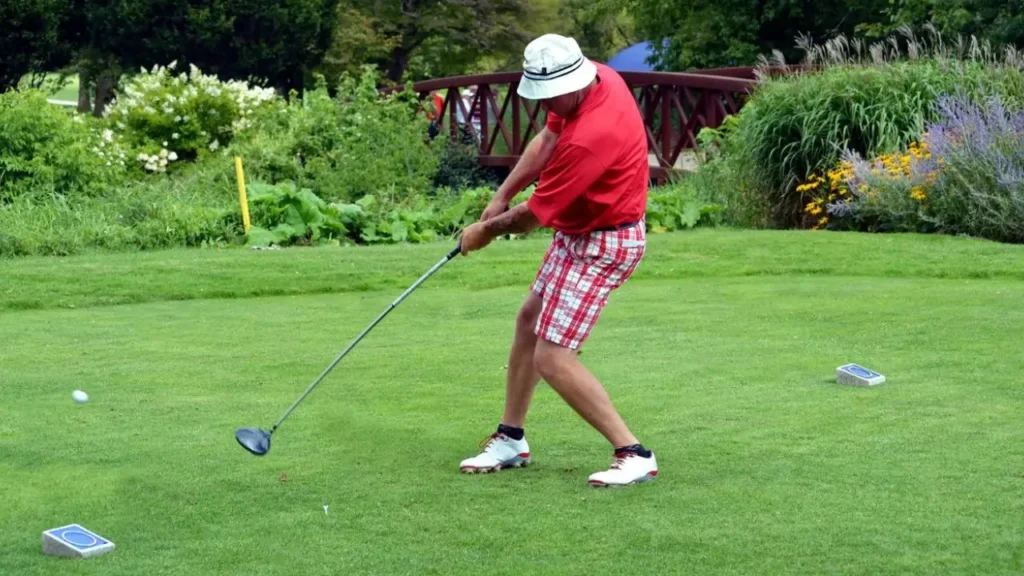
Driver Distance and Golf Handicap
Your driver’s distance can have a significant impact on your golf handicap. It is one of the most important aspects of your golf game. If you can hit the ball further and with greater accuracy off the tee, you will give yourself a much better chance of hitting more fairways and greens in regulation, which translates into lower scores.
The United States Golf Association (USGA) sets the standards for golf administration in the US and has determined that the average distance for all ages is around 220 yards. Golfers with a 5 handicap or less typically drive the ball over 250 yards on average.
However, as you age, your driving distance may decline due to slower swing speeds. It’s essential to document your distances regularly so that you can track how far you hit each club consistently.
Improving your driver’s distance can be challenging, but not impossible. Many golf professionals focus on accuracy over distance, as hitting straighter shots and getting more fairway hits could have a greater impact on your overall golf performance than sheer power alone.
If you are looking to increase your driver distance, here are some tips:
- First, hitting the center of the clubface regularly should be a priority since it generates maximum energy transfer from the clubhead to the ball.
- Second, tweak adjustments in launch angle and spin rate by experimenting with different lofts and shafts to optimize performance for your particular swing speed and tendencies while avoiding shots that curve out of bounds frequently.
- Thirdly, investing in modern technology like golf gear recommendations or custom fitting might provide an extra edge when it comes to maximizing driver distance.
Remember that improving driving distances is not only about increasing strength or power alone; it’s about finding what works best for each golfer to achieve their desired goals while balancing accuracy with power so they can continually improve their overall golf game performance!

Enjoying this article? Read more:
Check out this video below from Golf Monthly‘s YouTube channel:
Case Studies: Driver Distance Improvements
One of the best ways to improve your driver’s distance is by studying and learning from those who have added distance to their game. In this section, we will take a look at some case studies of golfers who have improved their driver distance.
These case studies will cover different age ranges, skill levels, and golfing experiences.
Case Study 1
John, a non-competitive golfer in his mid-40s, was struggling with his driving distance.
He used to hit around 220 yards off the tee but wanted to add more yardage to his hitting distance. After reading a few articles on improving driving distance and watching some videos on golf swing technique, he started practicing regularly with low-spin golf balls.
He also worked on his swing speed and fairway percentage. Over six months of leisurely practice and consistent improvement, John could add around 30 yards to his driver’s distance.
Case Study 2
Sarah is an avid golfer in her early 20s who is ranked within the top ten percent of amateur women golfers by her governing body’s standards. She already had a good driving distance but wanted to improve even further for competitions and long-distance contests.
She started working with a coach who helped her fine-tune her technique for maximum power output while maintaining accuracy in hitting fairways. Through consistent practice using specialized training equipment and new techniques learned from her coach, Sarah was able to increase her driving distance from around 250 yards up to an impressive average of over 300 yards.
Case Study 3
Tom is a retired golfer in his late seventies who has been playing for over six decades now. He had lost some swing speed over the years but still loved playing for leisurely purposes with friends at his club’s senior tournaments or charity events for veterans’ organizations (in which he often played against other elderly players).
Tom realized that he needed help improving his driver distance if he wanted to stay competitive and continue enjoying the sport. He worked with a coach who helped him improve his swing technique and choose the right club that suited his game.
Tom started using a low-spin golf ball, changed his swing speed, and improved his fairway percentage by focusing on accuracy. He gained over 20 yards in hitting distance and is now enjoying playing again with renewed vigor.
These case studies highlight that no matter what your skill level or age range is, there are ways to improve your driving distance through consistent practice, the right equipment, and proper guidance from an expert coach or mentor. By focusing on improving factors such as swing speed, fairway percentage, accuracy in hitting fairways, proper golfing technique, and choosing the right club and low-spin golf balls, you can see significant improvements in your driving distance over time.
Enjoying this article? Read more:

Conclusion
Overall, age-related driver distance is an interesting topic in the golfing world.
Looking at data from the United States Golf Association and other sources, we can see that there are clear trends in how golfers’ driver distance changes as they age. While it’s normal for our physical abilities to decline somewhat as we get older, it’s still possible for many golfers to maintain a healthy driver distance well into their senior years.
If you’re interested in improving your driving distance, there are many techniques and strategies you can try. Whether it’s working on your swing speed, experimenting with different types of clubs or balls, or focusing on hitting straighter shots and improving your fairway percentage, there’s always room for improvement in your golf game.
At the end of the day, it’s important to remember that golf is a leisure activity meant to be enjoyed by people of all ages and skill levels. While it can be fun to analyze data and statistics about average amateur golfer driver distance or player rankings, what matters is whether you’re having fun out on the course and finishing with a decent score.
So whether you’re a beginner just getting started or an experienced golfer looking to improve your game, don’t get too caught up in the details of age-related driver distance. Instead, focus on enjoying yourself and playing to the best of your abilities, no matter what standard deviation from the mean that may put you at!
Share this Post
Toni Benedito
Keep Reading
Follow Us
Recent Posts

How Do Pro Golfers Get Paid? The Business of Golf
Professional golfers get paid both before and after tournaments. Before a tournament, they receive appearance fees, sometimes exceeding $1 million, to attract top players. After the tournament, earnings depend on their placement, with the PGA

How Much Do Golf Players And Pros Make? You Won’t Believe It!
Professional golfers earn substantial incomes through tournament winnings, sponsorship deals, and endorsements. Top players on the PGA Tour can make millions annually, with significant earnings from prize money and lucrative brand partnerships. For example, Rory

The Shocking Cost: How Much Does It Cost to Fly with Golf Clubs?
Flying with golf clubs can be a hassle, but it’s worth it for avid golfers. Costs vary by airline, ranging from $30 to $150 per way. Southwest Airlines offers a generous policy, allowing one set

Why Do Golfers Tape Their Fingers Before Hitting the Course?
Golfers tape their fingers to prevent injuries from repetitive motions, provide support for existing injuries, and improve grip comfort. It’s a popular technique among amateurs and pros alike, offering a lightweight and effective solution compared

How Much Does a Round of Golf Cost? Are You on Par?
The cost of a round of golf varies widely based on factors like course type, location, and time of play. Public courses typically range from $30-$100 per round, while exclusive ones like Augusta National or

Hidden Fees: How Much Does It Cost To Rent a Golf Cart
Wondering how much it costs to rent a golf cart? Explore factors like location, rental duration, and cart type impacting prices. Daily rates range from $50 to $80, while weekly rentals can vary from $200
Table of Contents
